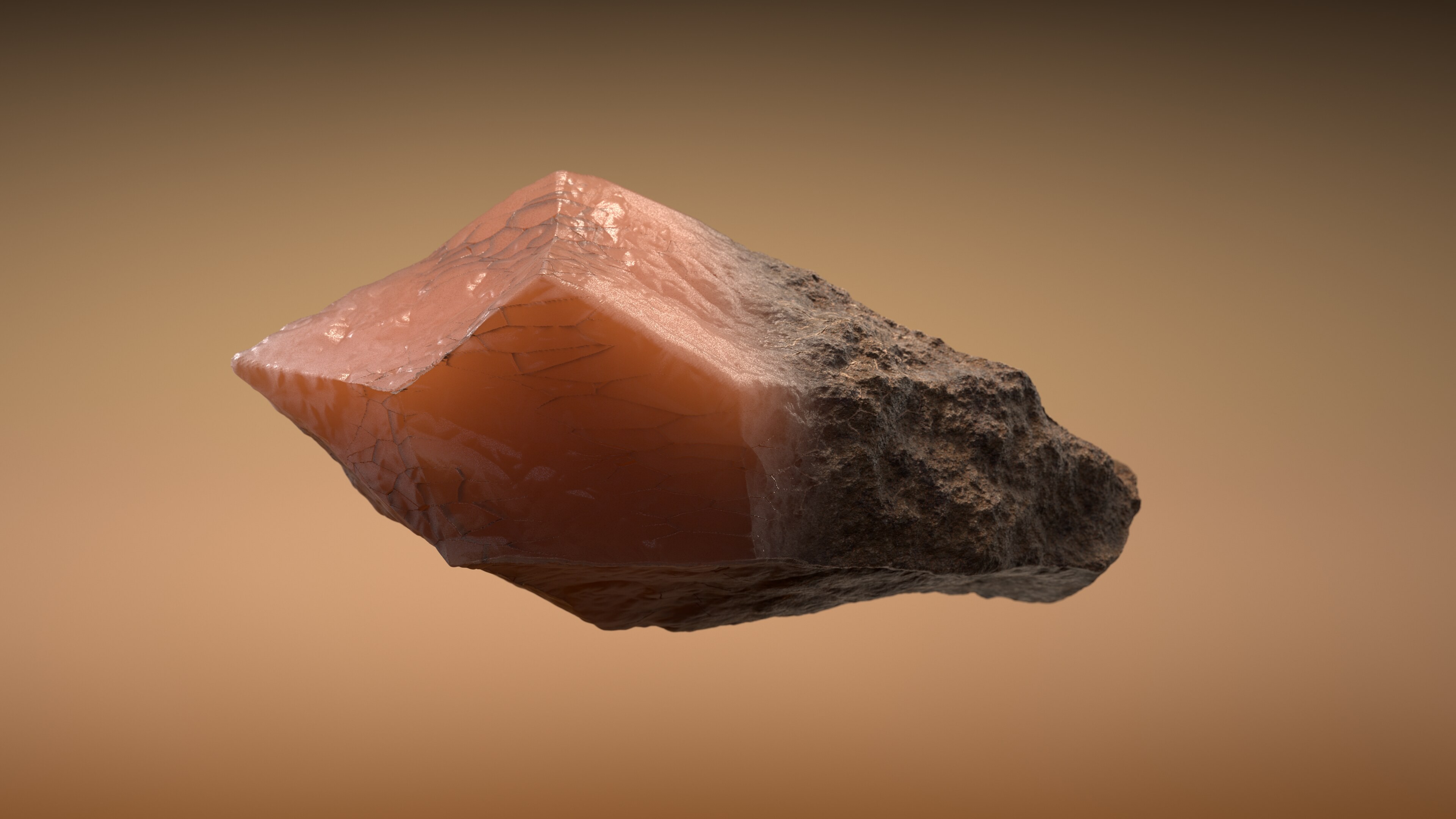Energy and Critical Minerals Made in Europe: Why we invested in Hades

Europe has a problem hiding in plain sight. Beneath our feet lies enough geothermal energy to power the continent for centuries, alongside critical mineral deposits that could end our dependence on hostile supply chains. Yet most of it remains locked away, trapped in rock formations so hard that conventional drilling becomes economically impossible.
Europe’s industrial base needs two things to thrive over the next decades: secure, clean energy and resilient access to critical minerals. Both depend on reaching deep, hot, hard rock cheaply and reliably.
Conventional drilling stalls in exactly those conditions. That is why geothermal heat at scale and many mineral deposits remain economically out of reach.
Hades is building a step-change in subsurface access: a non-contact drilling system designed to keep penetration rates high where mechanical bits fail. It’s a technical breakthrough with strategic consequence: the same capability can unlock deep geothermal heat and critical mineral access with significantly better economics.
We’re partnering with Max and the Hades team on this mission because their approach is rooted in first-principles engineering, they have hard-earned domain experience, and most importantly, because their ambition matches the magnitude of the problem.
Europe's Subsurface Paradox
Hard rock formations contain both the heat to power Europe and the minerals to secure its re-industrialisation, manufacturing and defence. Currently, the easiest-to-reach deposits sit in China, creating unilateral dependencies that recent events have shown to be strategically dangerous.
The challenge is not geology, but getting there economically.
Two consequences matter:
- Geothermal heat remains largely untapped: If you can consistently reach ~150–200 °C temperature zones, geothermal becomes true baseload, zero-carbon power. That requires faster, cheaper access to depth.
- Critical minerals stay out of reach: Europe’s green manufacturing and rearmament ambitions depend on materials like tungsten, titanium, and rare earths. Many sit in formations too costly to access at scale because drilling slows to a crawl hard rock, sending costs through the roof.
Breaking the Contact Barrier
Where conventional systems achieve ~0.5 metres per hour in hard formations, contactless architecture has the potential to sustain much higher penetration rates without the wear-related downtime that kills project economics.
Beyond speed and reliability, the non-contact approach eliminates the need for open-pit excavation, avoiding the community displacement and environmental damage that traditional mining creates. The same core capability advances in-situ recovery (ISR), circulating fluids through deep rock formations to extract minerals with minimal surface disruption compared to traditional mining methods.
What we believe makes this architecture compelling:
- System-level design: The win isn’t “a better bit.” It’s an integrated downhole system that converts electrical energy into reliable, predictable rock removal while managing heat, debris, and optical delivery.
- Dual application upside: The same capability that opens deep geothermal wells can also extend mineral access in hard rock, improving strategic autonomy for energy, manufacturing and defence supply chains.
Why Now: Timing and Team
Several tailwinds are converging:
- Technology readiness: High-power industrial lasers and related optics have crossed crucial reliability and cost thresholds in other sectors, making them viable building blocks for downhole systems.
- Policy momentum: The EU’s Critical Raw Materials Act targets ~10% domestic extraction by 2030. These ambitions will require disruptive improvements in subsurface access. Germany is also fast-tracking geothermal, recognising it as an overriding public interest during the next decade.
- Market demand: Industrial sites and public utilities are actively seeking secure, clean heat sources. If drilling costs at depth improve even by a multiple, the addressable footprint for geothermal and select mineral deposits expands dramatically.
Max is one of the most driven founders we've met: singularly focused, relentlessly recruiting, and comfortable living at the edge of what's technically possible. The lab results made it clear this wasn't some theoretical science project. The physics worked. Now it was about building something that could do it reliably in the field.
Björn has shipped complex hardware from zero to one in aerospace during his time at Isar Aerospace. Dan brings deep expertise from leading optics and laser teams at Marvel Fusion.
Together, they combine first-principles problem solving with the operational discipline required to turn lab results into field-ready hardware.
The Path Forward
We’ve been exploring energy and resource resilience for years. The common thread among winners is a technical step change that converts a physical bottleneck into an engineering problem with a solvable cost curve.
Hades fits that pattern. They are targeting an order-of-magnitude improvement where the payoff – equipping Europe with abundant, local geothermal heat and a more secure mineral base – has macro-scale significance.
- Field-proven rate in hard rock: Demonstrate repeatable penetration rates in formations where conventional systems bog down, with clear cost-per-meter advantages at target depths.
- First commercial wedge: Start with the highest-ROI use case: deep geothermal pilots at industrial sites and select mineral targets where every extra meter changes the project economics.
- Scale via manufacturing and partnerships: Retain end-to-end ownership of the process whilst industrialising the downhole system, standardising operating envelopes, and partnering with drilling contractors into existing workflows.
Every now and then, timing, talent, and technology line up. Hades is tackling a problem that matters with an approach that could reset the economics of going deep.
If they’re right, Europe’s homes and factories could tap dependable geothermal heat, and critical minerals could be sourced with greater autonomy. If Europe is serious about both clean heat and credible deterrence, it needs domestic access to its subsurface.
That's a future we believe is worth building towards, and we're committed to helping Hades make it a reality.